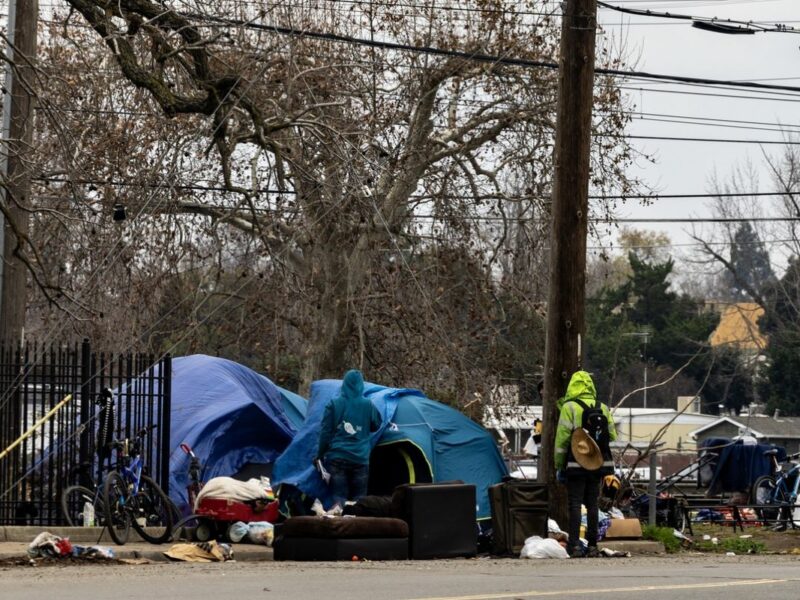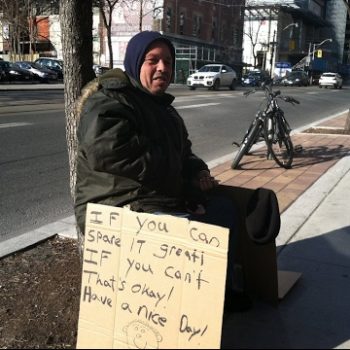Supply Is Dwindling in All 50 States Leaving People Homeless on the Streets
A new report from the Joint Center for Housing Studies of Harvard University confirms what most of us have been feeling for years- the supply of low-cost rentals has decreased dramatically over the past decade. By the numbers, we’re down 3.9 million units across every state in the nation.
This news shouldn’t come as a surprise to anyone paying attention. Many have felt the squeeze as their rental payments rose to take up a quarter, a third, or even more than half of their paychecks. This rising rent burden leads to a lack of economic stability for rentals and leaves many people vulnerable to becoming homeless at the first bump in the road. The report plainly states:
“The number of cost-burdened renter households grew by 1.2 million between 2019 and 2021 to a record high of 21.6 million households. The number of severely cost-burdened households accounted for 1.1 million of the increase.”
Where Is All the Affordable Housing Going?
Most of these formerly low-cost rentals haven’t been demolished or repurposed – they still exist as housing, just for a much higher price. At the same time 3.9 million units renting for less than $600 a month disappeared, 7.8 million units charging more than $1,400 a month appeared. These expensive units are a mix of high-end new construction projects and older units with dramatic rent hikes.
The $600 per month mark is the maximum rent a household earning $24,000 annually can afford to pay without becoming rent burdened. And 30% of all renters fall into that category, while just over 17% of rentals are priced at that level.
When was the last time you saw any rental available for that price, and would you want to live there?
Is My State Okay, Though?
This is not just a problem in coastal states and population centers. Every single state saw a decrease in low-cost rentals from 2011 to 2021. Forty-five states (plus the District of Columbia) saw a decrease of 20 percent or more.
The eight states that saw the most significant decreases of 40 percent or more were Arizona, Nevada, Texas, Colorado, Idaho, Oregon, Florida, and New Hampshire. Texas alone lost 512,000 low-cost rental units, a loss of half of its total stock.
Even states like Ohio, Indiana, Michigan, and Missouri, which had significantly more low-cost units than the national average in 2011, were not immune to this downward trend. But the impacts are felt most harshly in states with less to spare.
California, New York, New Jersey, Massachusetts, Hawaii, Maryland, Washington, Virginia, and New Hampshire saw declines in their stock of rental units across all price brackets from $600 to $1,400. This represents a massive stratification in housing costs that will push more and more low- and middle-income earners out of stable housing entirely.
This interactive map shows how pervasive this issue is becoming and how many of our friends and neighbors are cost-burdened by rising housing prices. Rates of cost-burdened households are currently at the highest level ever recorded and show no sign of decreasing any time soon.
The Loss of Low-Cost Rentals Is Picking Up Speed
One notable trend the report shows is that the losses in low-cost rentals aren’t happening smoothly throughout the 10-year studied period. There was a significant uptick toward the end of the decade, with 1.2 million of the total 3.9 million decrease occurring in the final two years alone.
Low-cost housing units are disappearing faster and faster. Rents are rising faster than wages, which have been stagnant for years. Coupled with the increased threat to housing posed by climate change-related natural disasters and hazards, it may disappear before we know it. Without intervention, affordable housing will become another extinct relic of a bygone time.
What Can We Do?
There are two obvious options for increasing the amount of affordable housing available in America:
- make more affordable housing
- make housing more affordable
A lot of breath has been spent arguing over how we can’t possibly do the first option. We’re supposed to take it for granted that we can’t do the second option, either. But what is stopping us?
While we may still be a long way off from convincing a critical mass of people that housing is a human right and it’s immoral to charge people for the things they need to live, perhaps we can sooner agree that we might not need to charge quite as much.
What if there was a cap on the profit landlords were allowed to extract from their tenants? What if meaningful legislation pushed back on the giant corporations buying up more and more of our housing to sell back to us at an inflated rate? What if we moved toward a government-owned housing model that has been shown to work well in other parts of the world?
These are just a few ideas out of many, but now is the time to get creative and do something. Talk to your legislators and organize with your neighbors. We need to be loud enough to be heard over the lobbyists, who are far louder and more lucrative to listen to.
Get involved with the organizations in your community that already exist to support tenants’ rights and affordable housing initiatives. If you are someone of means, look into how you can redistribute that wealth for the maximum benefit of all. We are already at a crisis point regarding affordable housing in this country. It’s time to start acting like it.













